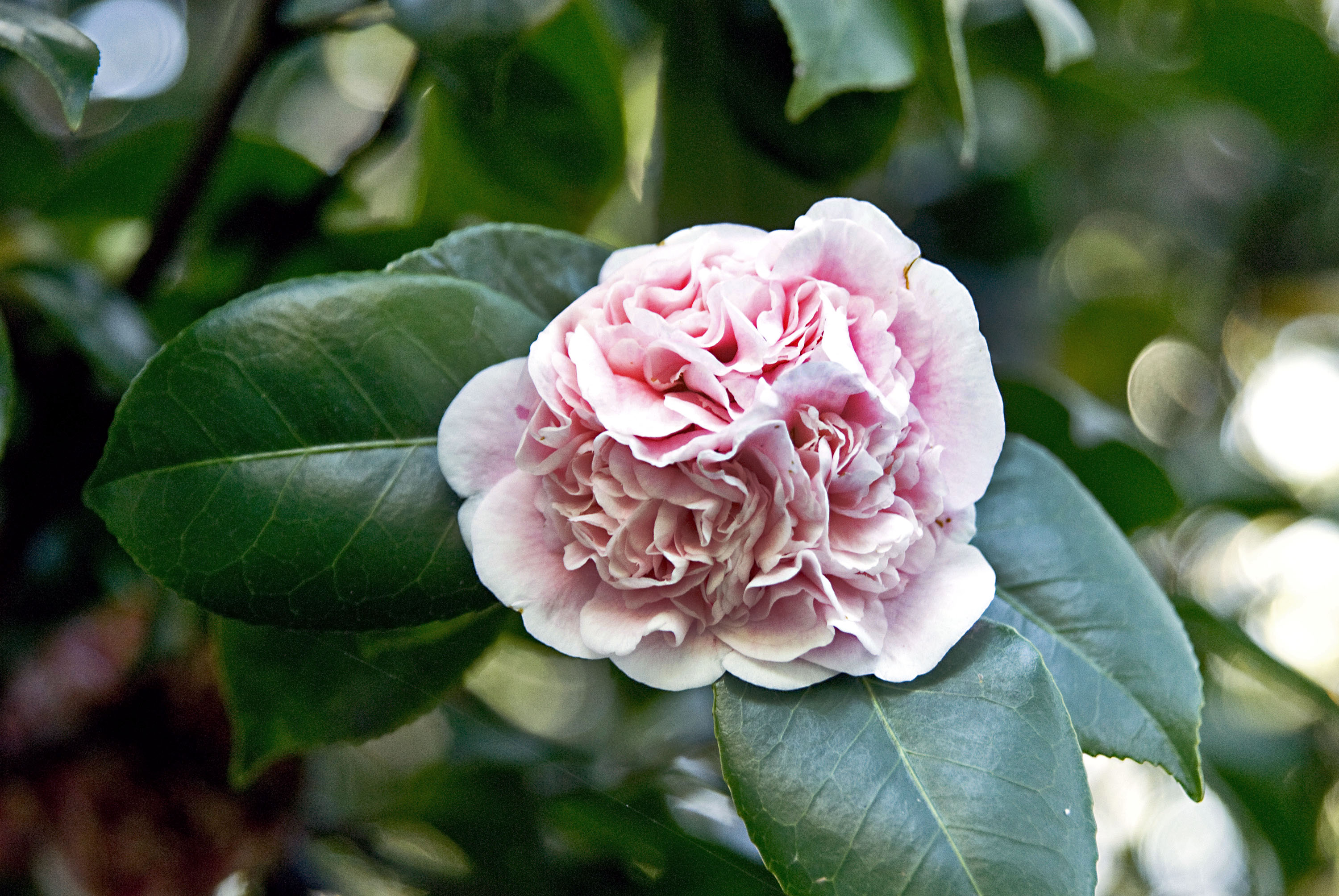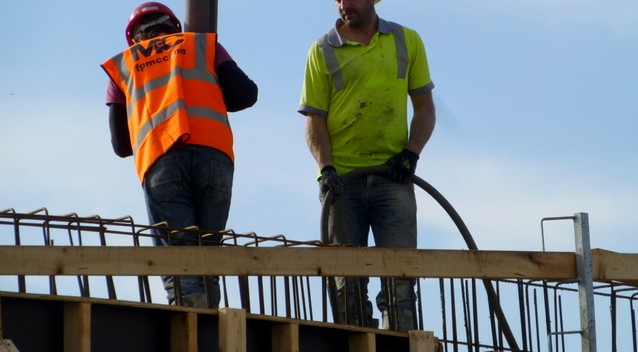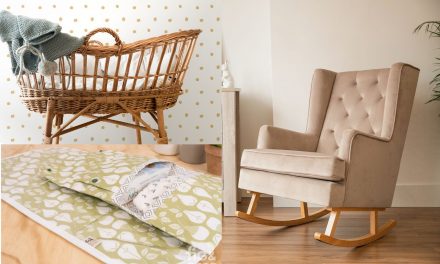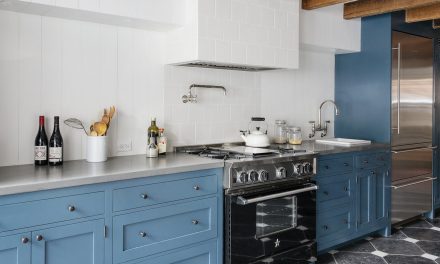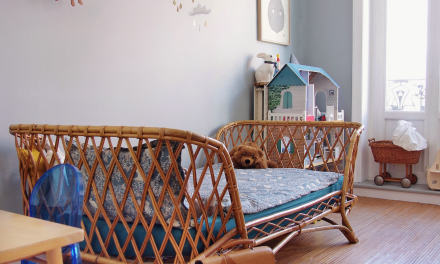If you go down to the Royal Botanic Garden Sydney’s camellia garden this month you will undoubtedly be impressed with the variety and range of camellias.Fran Jackson
It is a beautiful display, particularly now as they begin their winter long flowering show.
Camellias originate from south east Asia, Bhutan and Indonesia. It is thought that camellias evolved from tropical rainforests, with most species being found in the tropical areas of southern Indochina. The 30cm long leaves of the highly endangered yellow flowering camellia dongnaiensis, from the rainforests of south Vietnam, demonstrate the classic traits of a plant that evolved to cope with the dark conditions of the rainforest understorey. Botanists are still classifying and describing camellias, with information from DNA analysis demonstrating more species than previously thought, somewhere between 100 and 300 species.
The Royal Botanic Garden’s camellia garden, not far from Woolloomooloo gate entrance, offers some inspiration for those tired of the usual garden varieties of japonicas and sasanquas. With more than 1100 plants, the collection of camellias features 34 different species of camelia, including camellia yunnanenis, the cinnamon bark camellia, camellia tsaii, featuring a distinctive subtle fragrance, camellia nitidissima, with its buttercup yellow flowers and camellia sinensis the source of tea. These camellias are flowering now in the Botanic Garden. The garden also showcases the 259 different hybrids and cultivars of camellia displayed in a range of settings from ribbon hedges of the little camellia ‘paradise petite’ to large flowered specimen plants of camellia reticulata.
Most camellias prefer acidic soil, except camellia lutchuensis which likes more alkaline soils. All camellias appreciate a good layer of organic mulch and regular watering over the warm months of the year. One feed per year with a good camellia and azalea fertiliser is sufficient, as they are not big feeders. Depending on the species, camellias prefer either lots of sun like the sasanquas, or not so much. Check the label when shopping for plants to determine where your camellia will be most happy.
The best way to deal with pest and diseases of camellias is not to stress too much about them! Mites will be active during summer particularly during hot, dry summers. We use natural soap based sprays and introduce insect predators to deal with them. Petal blight can affect white and light coloured camellias – the best way to prevent this is not to plant them where they will not receive morning sun when the petals are still wet with dew. We don’t treat petal blight, but if you’re concerned, pick off the affected flowers.
The perpetual flowering and somewhat confusingly named camellia azalea flowers all year round, but predominately in summer, unlike most camellias which tend to flower from autumn to spring.
There are now some tantalising possibilities for breeding camellia hybrids with extended flowering periods. Most of the camellias at the Royal Botanic Garden are grafted onto camellia sasanqua rootstock, using a top cleft graft. This improves resilience to cooler weather and improves the ability of the plant to tolerate less water than is available in the regions of the world where they originate.

